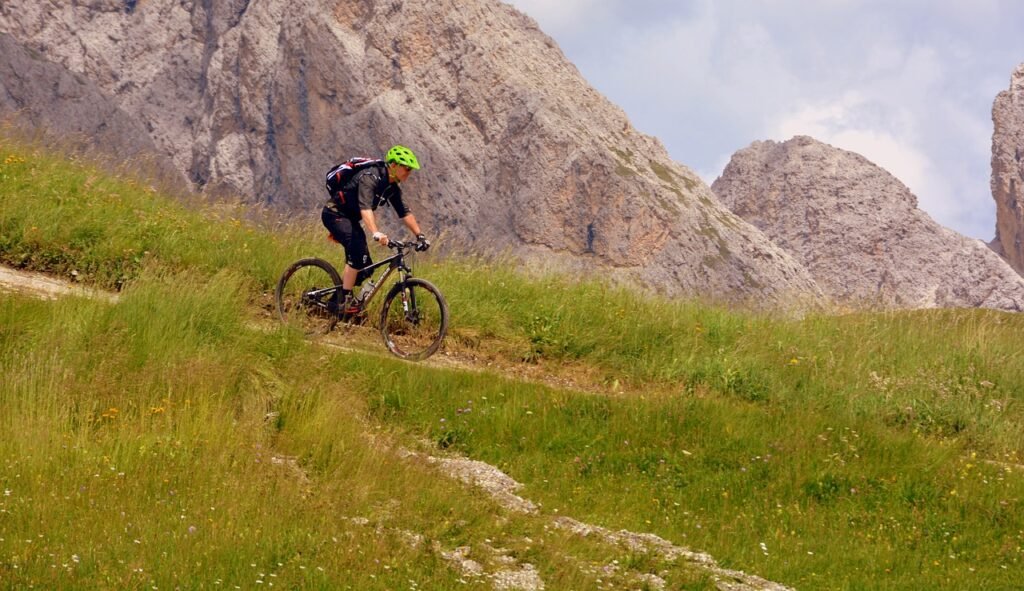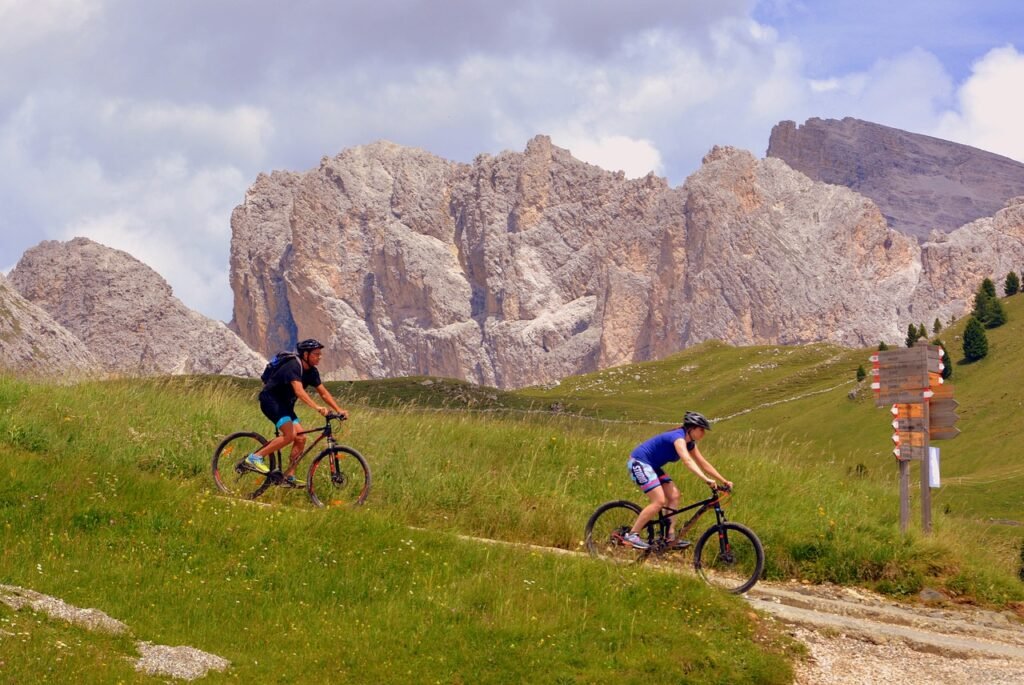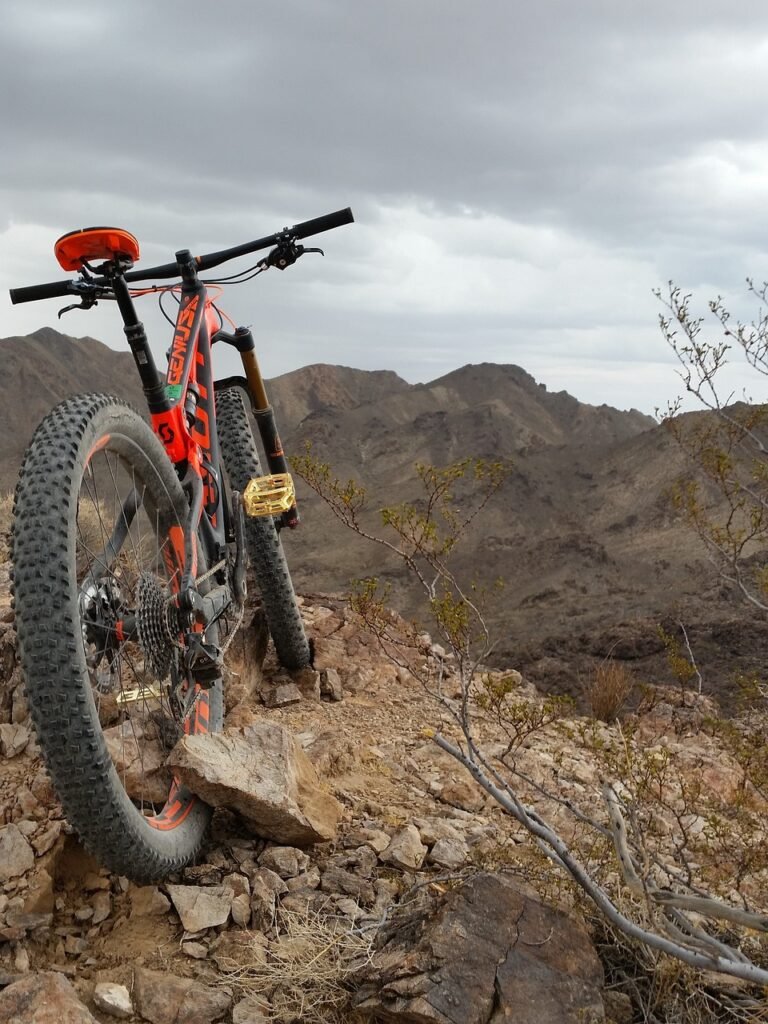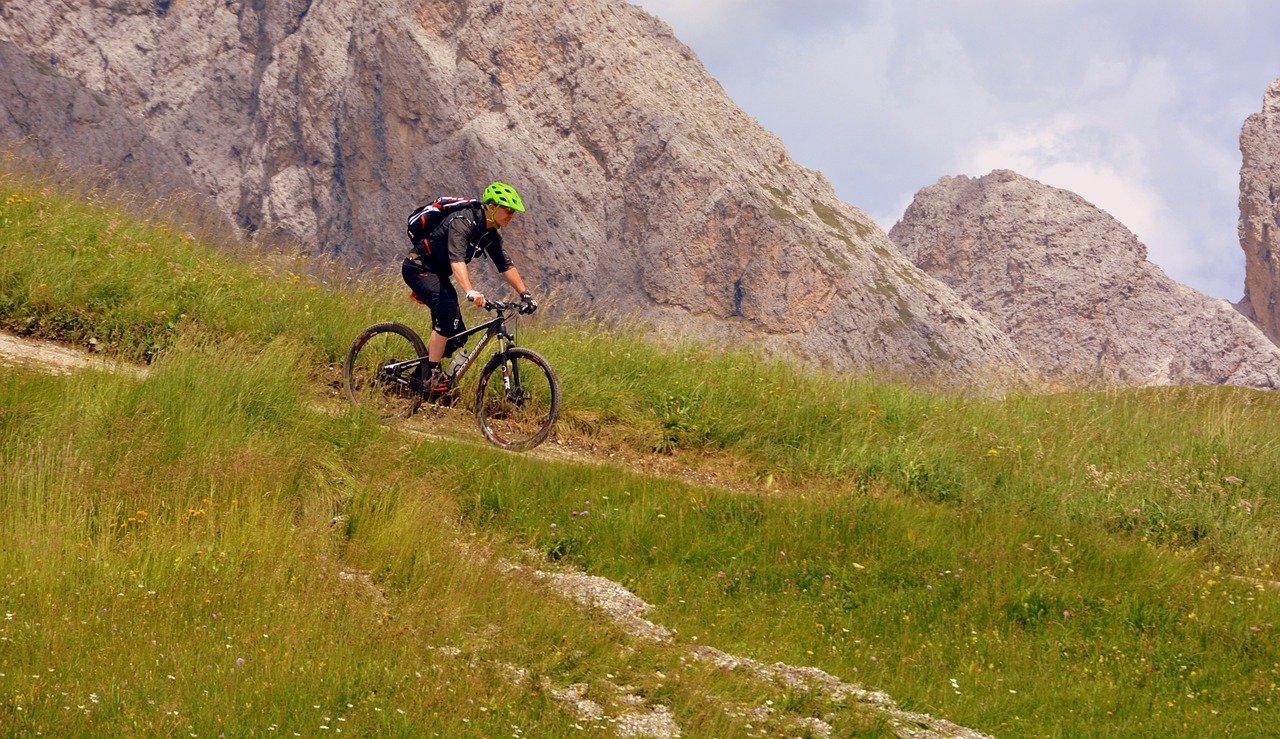Mastering Cross-Country Mountain Biking Techniques
Are You Ready to Take Your Cross-Country Mountain Biking Skills to the Next Level?
So, you’ve been hitting the trails and enjoying the thrills of cross-country mountain biking. But are you ready to elevate your skills and take your riding to new heights? In this article, we’ll dive into the essential techniques you need to master to become a top-notch cross-country mountain biker. Let’s get started!

This image is property of pixabay.com.
Understanding the Basics of Cross-Country Mountain Biking
Before we get into the nitty-gritty of advanced techniques, it’s crucial to have a solid understanding of the basics of cross-country mountain biking. From choosing the right bike to understanding trail etiquette, these fundamentals will serve as the foundation for your skills.
Choosing the Right Bike for Cross-Country Riding
When it comes to cross-country mountain biking, having the right bike can make all the difference. Look for a lightweight yet durable bike with front suspension to absorb shocks on rough terrain. A well-fitted bike will enhance your riding experience and make handling technical trails a breeze.
Trail Etiquette and Safety Tips
Respect for the trail and other riders is essential in the world of cross-country mountain biking. Always yield to uphill riders, stay on designated trails, and pack out all your trash. Prioritize safety by wearing a helmet, using appropriate safety gear, and carrying essential tools in case of emergencies.
Mastering Uphill Climbs with Proper Technique
Uphill climbs are one of the most challenging aspects of cross-country mountain biking, requiring both physical strength and proper technique. By mastering the art of climbing, you can conquer even the steepest inclines with confidence.
Body Positioning for Efficient Climbing
Maintaining the right body position is key to conquering uphill climbs. Lean slightly forward to prevent wheel slippage and keep your weight centered over the pedals. Engage your core muscles to provide stability and maximize power output.
Cadence and Gear Selection
Finding the right cadence and gear combination is crucial for efficient climbing. Aim for a steady pedal stroke at a moderate cadence, avoiding spinning out or grinding to a halt. Anticipate changes in terrain by shifting gears early to maintain momentum.
Climbing Techniques for Different Terrain
Adapt your climbing techniques to suit varying trail conditions. On loose or rocky terrain, focus on staying light on the pedals to maintain traction. For technical climbs, choose an efficient line and use momentum to carry you over obstacles.
Enhancing Downhill Descents with Confidence and Control
Descending may be exhilarating, but it also requires a mix of skill and bravery. By mastering downhill techniques, you can navigate steep descents safely and with confidence.
Balancing Speed and Control
Achieving the right balance between speed and control is essential when descending. Maintain a relaxed grip on the handlebars, allowing your bike to move beneath you. Look ahead to anticipate obstacles and adjust your speed accordingly.
Body Positioning for Stability
Proper body positioning is crucial for stability and control while descending. Shift your weight to the rear of the bike, lowering your center of gravity and keeping your elbows bent. Keep your knees and ankles loose to absorb shocks and maintain balance.
Braking Techniques for Steep Descents
Effective braking is key to navigating steep descents safely. Use both front and rear brakes in moderation, applying them evenly to prevent skidding. Feather the brakes to control speed and release pressure when needed to maintain traction.
Improving Cornering Skills for Faster and Smoother Turns
Mastering cornering techniques is essential for navigating tight turns and switchbacks with speed and finesse. By honing your cornering skills, you can carry more speed through corners and maintain momentum on the trail.
Body Positioning Through Turns
Proper body positioning is crucial for smooth and efficient cornering. Lean your bike into the turn while keeping your upper body upright. Shift your weight to the outside pedal and look ahead to where you want to go, allowing your bike to follow your line.
Braking and Speed Control
Adjust your speed before entering a corner to maintain control and carry momentum through the turn. Brake lightly and gradually before the corner, releasing the brakes as you enter the turn to maximize traction. Focus on smooth acceleration out of the turn to propel you forward.
Line Selection for Optimal Cornering
Choosing the right line through a corner can make a significant difference in your overall speed and efficiency. Look for the widest and smoothest line, avoiding obstacles and loose terrain. Focus on maintaining a consistent speed and trajectory to carry speed through the corner.

This image is property of pixabay.com.
Overcoming Obstacles with Confidence and Precision
In the world of cross-country mountain biking, obstacles are a common challenge that every rider must face. From rocks and roots to log hops and technical features, overcoming obstacles requires skill, precision, and confidence.
Body Positioning for Efficient Obstacle Clearance
Proper body positioning is essential for clearing obstacles smoothly and efficiently. Shift your weight to the rear of the bike as you approach the obstacle, allowing your front wheel to lift naturally. Use your arms to guide the bike over the obstacle while maintaining balance.
Timing and Momentum
Timing and momentum play a crucial role in successfully clearing obstacles on the trail. Approach obstacles with moderate speed to maintain control and stability. Use your body weight to generate momentum and propel yourself over the obstacle with minimal effort.
Practice and Persistence
Overcoming obstacles takes practice and persistence, so don’t be discouraged if you don’t nail it on the first try. Start with smaller obstacles and gradually work your way up to more challenging features. Focus on technique and form, and remember that every attempt is an opportunity to improve.
Building Endurance and Stamina for Long-Distance Riding
Cross-country mountain biking demands endurance and stamina to tackle long-distance rides and challenging terrain. By training smart and focusing on building your fitness level, you can conquer epic rides and improve your overall performance on the trail.
Cardiovascular Training
Cardiovascular training is essential for building endurance and stamina in cross-country mountain biking. Incorporate aerobic activities such as cycling, running, or swimming into your training routine to improve your cardiovascular fitness. Aim for regular workouts that gradually increase in intensity and duration.
Strength and Core Training
Strength and core training are crucial for maintaining stability and control on the bike, especially during long rides. Focus on exercises that target your legs, glutes, and core muscles, such as squats, lunges, and planks. A strong core will help you maintain proper body positioning and pedal more efficiently.
Hydration and Nutrition
Proper hydration and nutrition are key to sustaining energy levels during long-distance rides. Stay hydrated by drinking water regularly before, during, and after your ride. Fuel your body with a balanced diet rich in carbohydrates, proteins, and healthy fats to support muscle recovery and performance.

This image is property of pixabay.com.
Conclusion: Elevate Your Cross-Country Mountain Biking Skills
Congratulations, you’ve reached the end of our guide to mastering cross-country mountain biking techniques! By implementing the tips and techniques we’ve covered, you can elevate your riding skills and conquer even the most challenging trails with confidence. Remember to practice regularly, stay safe on the trails, and most importantly, have fun out there! Happy riding!
